UK inventor Barnes Wallis was the original Dam Buster
WHEN CSIRO needed expertise to help them design the Parkes radio telescope they turned to one of the greatest engineering minds of the day — British inventor Barnes Wallis.
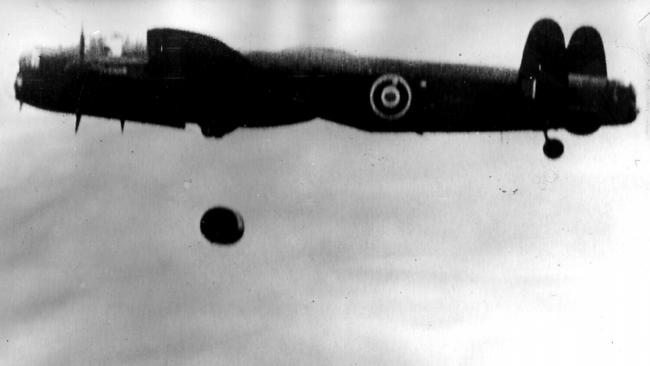
Today in History
Don't miss out on the headlines from Today in History. Followed categories will be added to My News.
WHEN the CSIRO was planning to build a state of the art radio telescope in the 1950s, they needed expertise that Australia lacked. So they went to Britain to talk to one of the greatest inventors of the time. His name was Barnes Wallis. The chief engineer with Vickers aircraft company, had had decades of experience as a problem solver particularly making light but rigid frames for dirigibles and aircraft in the 1920s and ’30s. It was the sort of expertise that would be perfect for building a radio telescope light enough to be easily moved to point in the right direction but strong enough to withstand the winds sweeping across the Australian outback.
Wallis’s input not only helped make the project a success but also inspired confidence in it and drew the world’s attention. Wallis was no ordinary engineer; he was the man who invented the “bouncing bombs” used during the famous mission to breach dams in Germany’s industrial heartland in World War II.
He was one of those rare secret backroom war boffins who became a celebrity while the war was still on. That fame only grew when he was immortalised by Michael Redgrave in the 1955 film The Dam Busters.
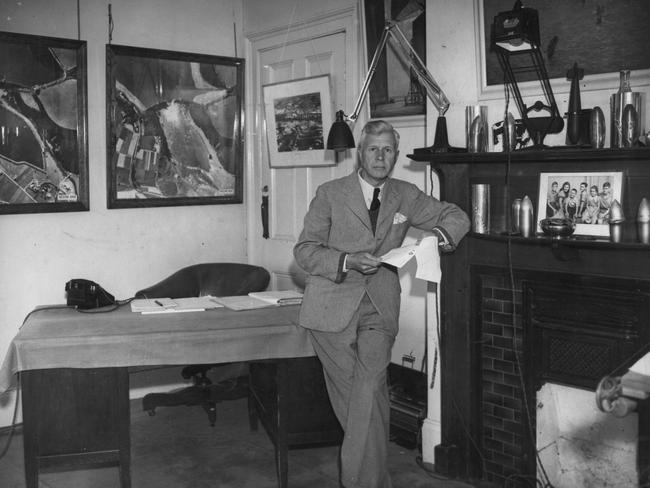
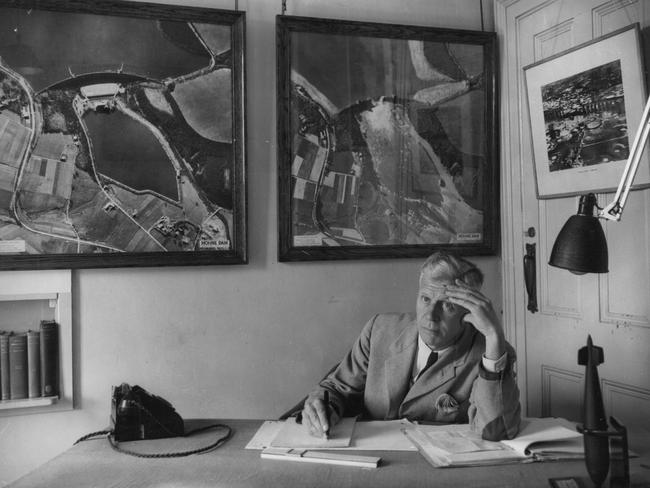
Wallis was born 130 years ago today, on September 26, 1887, in Derbyshire. His father was a doctor and, as a child, Wallis was fascinated with making things and, at school, he developed a passion for science and mathematics.
His decision to make his mark as an engineer came early and at 17 he left school to take up an apprenticeship at a company that built engines for ships. In 1908 he switched to a marine engineering apprenticeship.
Fascinated by the emerging field of aviation in 1913 he got a job with Vickers, a company then at the forefront of airship technology.
In 1922, aged 35, he met 17-year-old Molly Bloxam. But due to their age difference, her father forbade Wallis from courting her. However, Wallis tutored her in mathematics by correspondence and the pair married in 1925.
The year he met Molly he graduated with a degree in engineering through the University of London’s External Programme. In the ’20s he helped design the R100, using geodetic frames to make the ship light but strong. It made its maiden flight in 1929, but the successor of his airship, the R101, had a spectacular crash in 1930 and the R100 was sold off for scrap in 1931.
A run of airship disasters in the ’30s put an end to the age of the airship, but by then Wallis had moved on to other aircraft. In the ’30s he was able to apply geodetic design to the fuselage and wings of the Wellington Bomber to make the aircraft lighter and stronger.
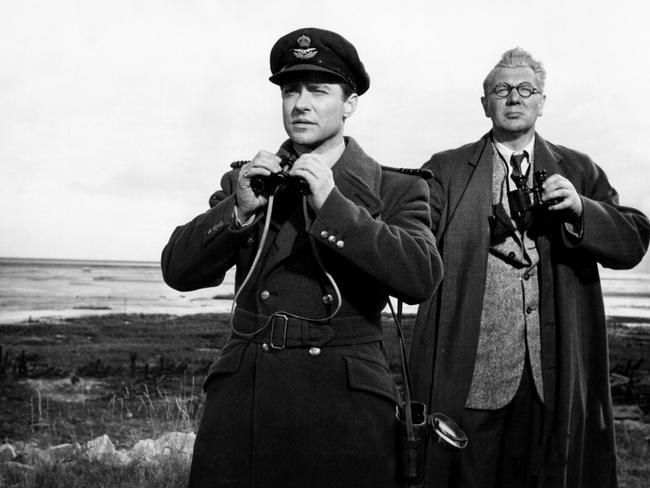
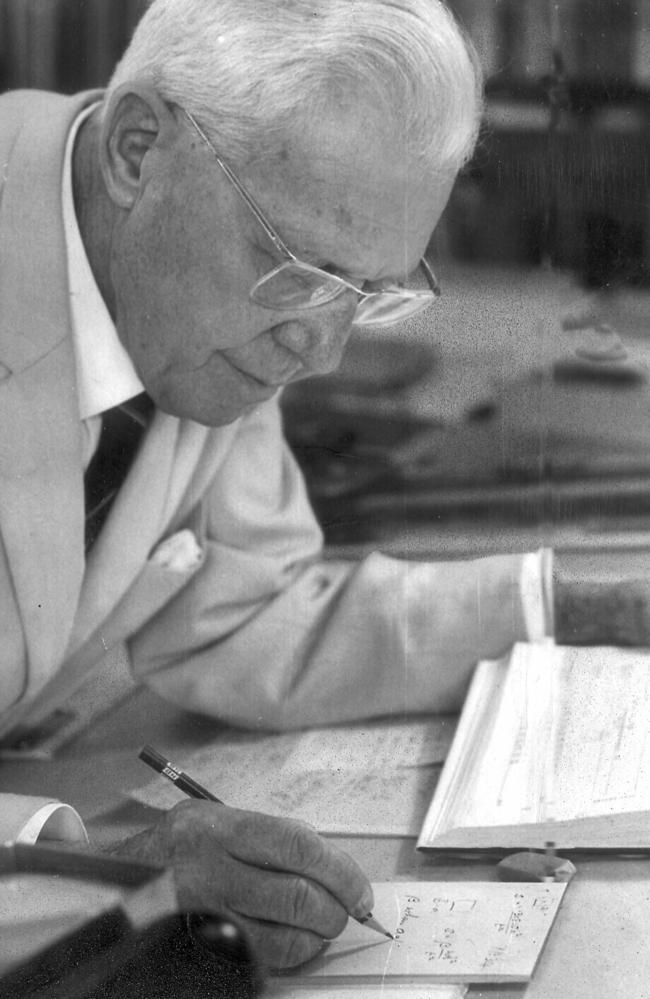
At the outbreak of WWII Wallis put his mind to thinking of ways to cripple Britain’s enemies. He wrote a paper on strategic bombing and destroying the industrial capacity of Germany. One idea was for a huge bomb that would send destructive shockwaves across the landscape like an earthquake. But initially his bomb was too big for existing aircraft so he then speculated on bigger bombers to carry the bigger bombs.
But the project for which he is best known was the mission to bomb German dams in the Ruhr. Wallis worked out the best way to breach the dams was with a bomb placed inside the dam under the water near the dam walls. But the bombs had to get past German defensive measures including anti-torpedo netting.
Inspired by the way stones can skim across water, he created a bomb that would skip across the water of the dam and settle in place near the wall where it would explode. The bombs were successfully launched from Lancaster bombers in Operation Chastise in 1943. Australian author Paul Brickhill would later write the book The Dam Busters about the exploits of RAF 617 Squadron, thereafter known as the Dam Busters. With the reward money he received for making the bombs, he set up a fund for the children of RAF pilots.
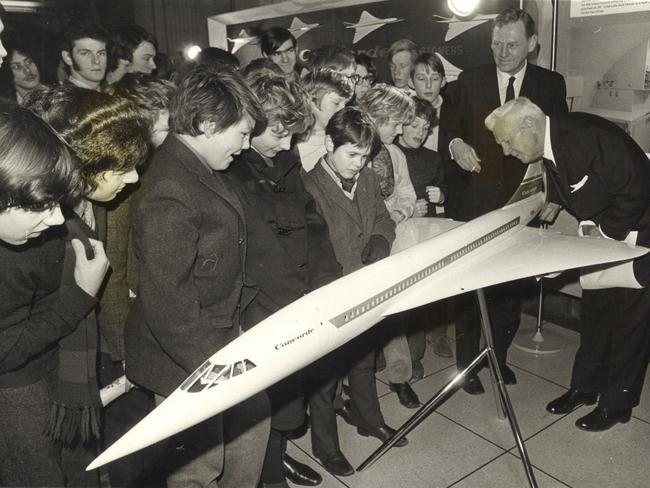
Wallis then went on to develop his large earthquake bombs including the 5400kg “Tallboy” and the 10,000kg “Grand Slam” that were used effectively against German concrete bunkers and heavily fortified installations.
After the war, in 1945 Wallis was made a fellow of the Royal Society of London. He returned to aircraft development, becoming the head of aeronautic research and development at the British Aircraft Corporation. Some of the projects he oversaw or worked on included swing-wing aircraft technology and supersonic aircraft. Wallis and his team made contributions to the Concorde supersonic aircraft.
He was knighted in 1968 and retired in 1970, but even then he was still working on a design for an aircraft that could take off from a short runway and fly five times the speed of sound. But it never came to fruition.
He died in 1979.
Originally published as UK inventor Barnes Wallis was the original Dam Buster



